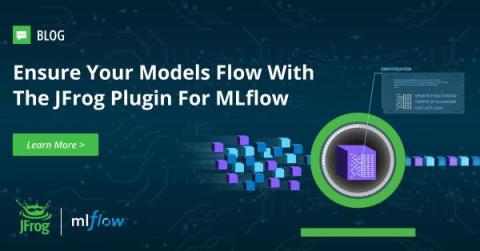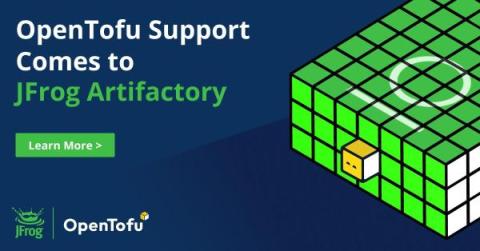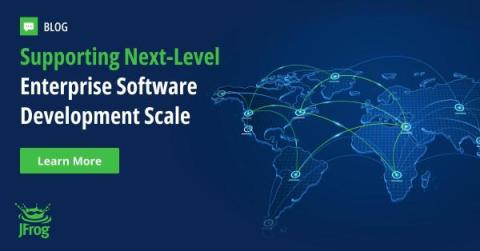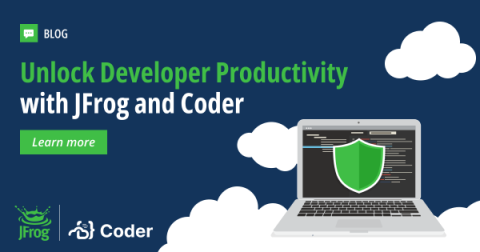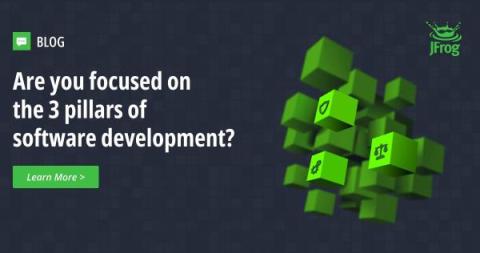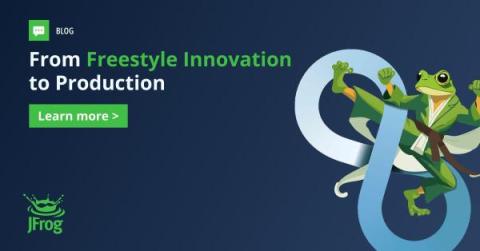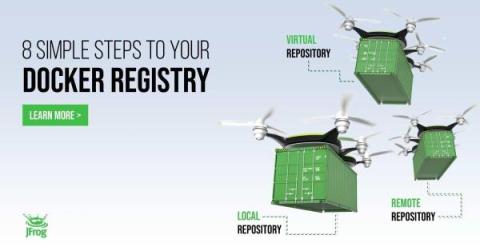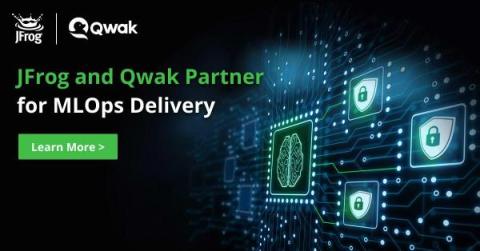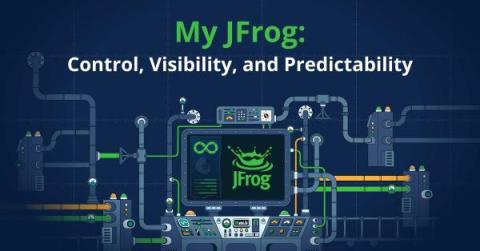Ensure your models flow with the JFrog plugin for MLflow
Just a few years back, developing AI/ML (Machine Learning) models was a secluded endeavor, primarily undertaken by small teams of developers and data scientists away from public scrutiny. However, with the surge in GenAI/LLMs, open-source models, and ML development tools, there’s been a significant democratization of model creation, with more developers and organizations engaging in ML model development than ever before.


